- About us
- Support the Gallery
- Venue hire
- Publications
- Research library
- Organisation chart
- Employment
- Contact us
- Make a booking
- Onsite programs
- Online programs
- School visit information
- Learning resources
- Little Darlings
- Professional learning
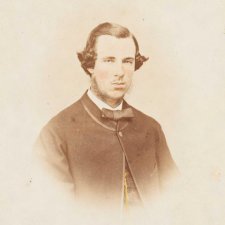
Emily Spencer Wills (1842–1925), Cedric Spencer Wills (1844–1914), Horace Spencer Wills (1847–1928), and Egbert Spencer Wills (1849–1931) the second, third, fourth, and fifth children of Horatio Wills and his wife Elizabeth, were all born at Lexington, spending their childhoods there and at Bellevue, the property acquired by Horatio Wills near Geelong in 1852.
1 portrait in the collection
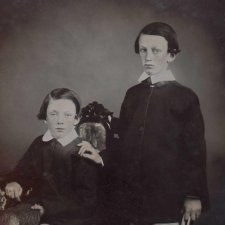
Emily Spencer Wills (1842–1925), Cedric Spencer Wills (1844–1914), Horace Spencer Wills (1847–1928), and Egbert Spencer Wills (1849–1931) the second, third, fourth, and fifth children of Horatio Wills and his wife Elizabeth, were all born at Lexington, spending their childhoods there and at Bellevue, the property acquired by Horatio Wills near Geelong in 1852.
1 portrait in the collection
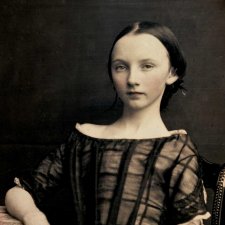
Emily Spencer Wills (1842–1925), Cedric Spencer Wills (1844–1914), Horace Spencer Wills (1847–1928), and Egbert Spencer Wills (1849–1931) the second, third, fourth, and fifth children of Horatio Wills and his wife Elizabeth, were all born at Lexington, spending their childhoods there and at Bellevue, the property acquired by Horatio Wills near Geelong in 1852.
1 portrait in the collection

Emily Spencer Wills (1842–1925), Cedric Spencer Wills (1844–1914), Horace Spencer Wills (1847–1928), and Egbert Spencer Wills (1849–1931) the second, third, fourth, and fifth children of Horatio Wills and his wife Elizabeth, were all born at Lexington, spending their childhoods there and at Bellevue, the property acquired by Horatio Wills near Geelong in 1852.
1 portrait in the collection
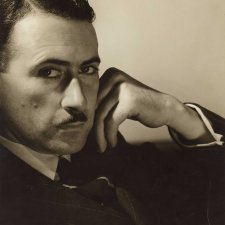
Colin Wills (1906–1965), journalist and author, was born in Toowoomba, Queensland and grew up in Sydney.
1 portrait in the collection
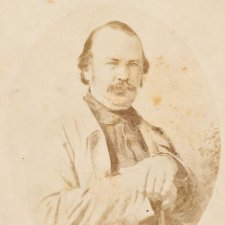
Horatio Spencer Howe Wills (1811–1861), pastoralist, politician and newspaper proprietor, was born in Sydney, several months after the death of his father, Edward Spencer Wills, a merchant and shipowner who'd arrived in New South Wales under a life sentence for highway robbery in 1799.
2 portraits in the collection
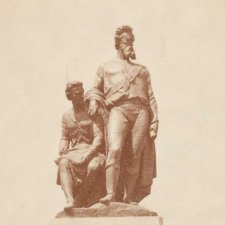
William John Wills (1834-1861) came to Victoria with his brother in early 1853.
3 portraits in the collection
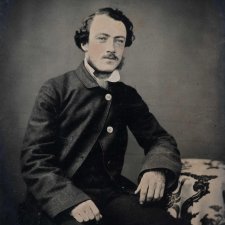
Thomas Wentworth (Tom) Wills (1836–1880), is popularly thought of as the co-inventor of Australian Rules football.
2 portraits in the collection

Thomas Foster Chuck (c. 1826-1898) specialised in photographing well-known colonists, many of whom featured amongst the 700 photographs in his huge mosaic The Explorers and Early Colonists of Victoria.
1 portrait in the collection

Robert O'Hara Burke (1821-1861), explorer, came to Australia in 1853 and joined the Victorian police force.
4 portraits in the collection

Esther Erlich (b. 1955), a Melbourne-based painter, has been exhibiting since the early 1980s, often with the Libby Edwards Galleries in Melbourne, Sydney and Brisbane and the Barry Newton Gallery in Adelaide.
3 portraits in the collection

Joanna Gilmour is the Curator, Collection & Research at the National Portrait Gallery.
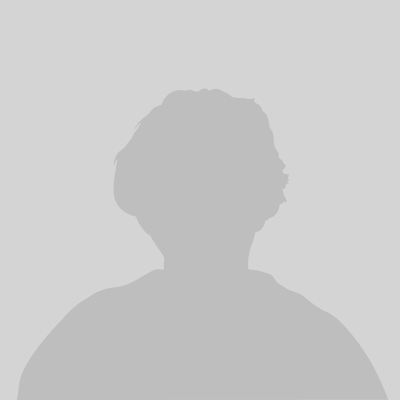
Sir John Longstaff, born in Clunes, Victoria, studied at the NGV school from 1883 to 1887 and thenceforth at Corman's in Paris.
1 portrait in the collection
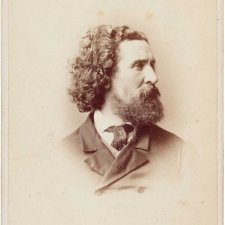
Charles Summers (1825-1878) was an English born sculptor, who came to Australia in 1852.
2 portraits in the collection
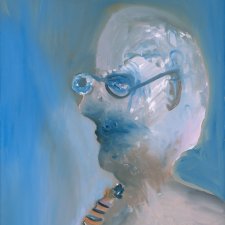
Sir Sidney Nolan AC OM CBE (1917–1992) was one of the most original and inventive Australian artists of the postwar decades, and one of few Australian artists to achieve an international reputation in the twentieth century.
7 portraits in the collection
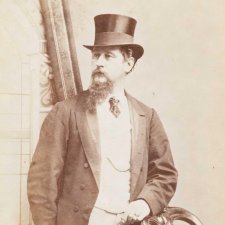
William H. Bardwell, photographer, worked at various premises in Ballarat from 1858 until 1895.
1 portrait in the collection